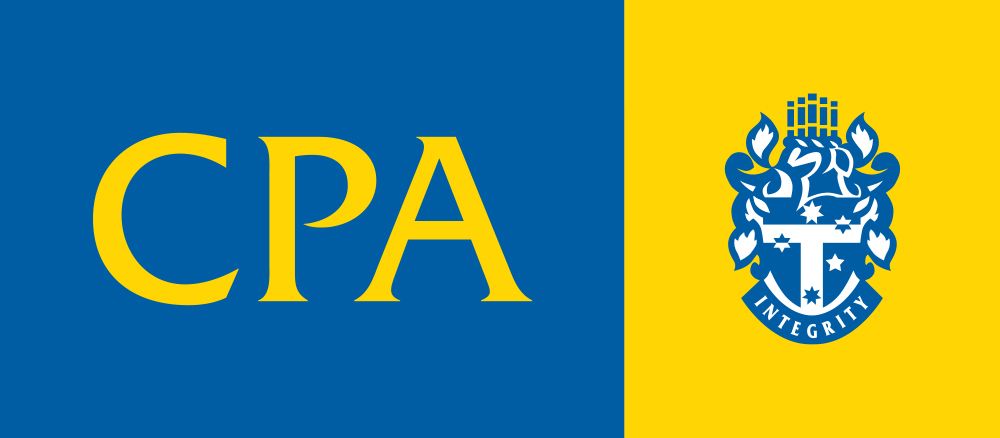Rental Properties in SMSFs: Key Do’s and Don’ts for Trustees
Holding a rental property within a self-managed super fund (SMSF) is quite common, with the ATO reporting that $161 billion of SMSF assets were held in Australian real property as of June 2025. However, property held within superannuation is subject to very strict legislation, primarily under the Superannuation Industry (Supervision) Act 1993 (SIS Act) and is enforced by the ATO. Trustees carry the responsibility for ensuring compliance. A breach may expose the fund to penalties, loss of concessional tax status, or even disqualification of the trustees.
Below are some do’s and don’ts that trustees of SMSFs should understand and apply.
✅ Do’s
Ensure the property meets the sole purpose test
The core requirement for all SMSF investments is that they must be maintained solely for providing retirement benefits to members (or death benefits to beneficiaries). This means that the residential rental property cannot be used, even temporarily, for private or related-party benefit. For example, a trustee cannot stay in the property during holiday periods, nor can a related party occupy it, even if market rent is paid. Commercial properties held within an SMSF can be rented to a related party, but strict rules apply to ensure that transactions are at arm’s length - meaning that rents must be paid at independently verified market rates.
Regularly review rent and valuations
SMSFs must always transact on a commercial basis. Rent must reflect current market values, lease terms must align with industry standards, and expenses should not be inflated or discounted. To substantiate compliance, trustees should obtain independent rental appraisals and review them regularly. They should also get the property valued regularly and ensure all maintenance work relating to the property is being carried out by qualified professionals and charged to the fund directly at market rates.
Using a real estate agent vs trustee self-management
When an SMSF holds a rental property, trustees must decide whether to manage it directly or engage a licensed real estate agent. Each approach has compliance and practical implications.
Using a real estate agent provides an extra layer of independence. Agents ensure leases, rental collection, and maintenance arrangements are handled on commercial terms, which helps demonstrate that the SMSF is meeting the arm’s length requirement as well as the sole purpose test. Property managers also provide documentation such as rent ledgers and inspection reports, which are valuable for audit purposes. While this comes at a cost, many auditors and advisers recommend professional management as it reduces the risk of inadvertent breaches.
Trustee self-management can be cost-effective, but it significantly increases compliance risk. Trustees must be able to prove that the rent charged is at market rates, that lease terms are consistent with industry standards, and that maintenance is carried out on commercial terms. Trustees also need to maintain accurate and complete records for auditors, which can be burdensome. Any failure to keep proper documentation, or any perception that dealings are not at arm’s length, could lead to compliance action from the ATO.
In practice, engaging a real estate agent strengthens the fund’s compliance position, while self-management requires trustees to be diligent, organised, and highly familiar with both superannuation and property laws. The choice ultimately depends on the fund’s resources and the trustees’ willingness to take on the additional obligations.
Document trustee decisions
Every significant decision regarding the property – from purchase to lease agreements and ongoing management – should be formally documented in trustee minutes. Records provide evidence of prudent decision-making and are critical during an ATO audit. Investment strategy reviews, valuation reports, and rental assessments should also be kept.
Regularly review the investment strategy
A rental property can present risks, including illiquidity, reliance on a single tenant, and lack of diversification. Trustees must assess whether the SMSF can cover expenses (such as property maintenance, tax liabilities, and insurance) and meet pension payment obligations if rental income is interrupted. Documenting these considerations in regular investment strategy reviews is essential.
Engage professionals where necessary
Trustees are expected to act in the best financial interests of members, which may require obtaining professional assistance. Independent valuations, property managers, legal advisors for lease agreements, and accountants familiar with SMSF compliance can help ensure obligations are met and risks reduced.
❌ Don’ts
Don’t rent to fund members or relatives for residential property
Residential properties owned by an SMSF cannot be leased to fund members, their relatives, or related entities, regardless of whether rent is at market value. This is one of the most common compliance breaches. The only exception is business real property, which can be leased to related parties if strict conditions are met and the arrangement is entirely commercial.
Don’t borrow without following the limited recourse borrowing rules
Borrowing within an SMSF is only permitted under a Limited Recourse Borrowing Arrangement (LRBA). This requires the property to be held in a separate bare trust, with the lender’s rights limited to that property alone. If the borrowing is not structured correctly, the entire investment may be deemed non-compliant. Trustees must also ensure loan repayments do not create liquidity pressures.
Don’t mix personal and SMSF finances
The SMSF must operate as a separate entity. All rent must be paid directly into the SMSF bank account, and all property-related expenses must be paid from that account. Using personal funds, even temporarily, creates compliance breaches. Likewise, SMSF funds cannot be used for personal property expenses.
Don’t forget to keep accurate and complete records
Trustees must keep accounting records, bank statements, invoices, receipts, rental income schedules, and expense documentation for at least 5 years. These records are essential for preparing annual accounts and the SMSF annual return.
In summary, although rental properties are commonly held within SMSFs throughout Australia, trustees need to be aware that they demand high standards of compliance. Trustees who apply strict arm’s length principles, maintain strong documentation, and regularly review their strategy will reduce risk and protect the fund’s concessional tax status.
Smith Thornton sends out comprehensive checklists when we perform your SMSF compliance work, but we are also just a phone call away for any SMSF compliance questions.
Don't hesitate to get in touch with us on 9842 5155 or
email us here
for any SMSF rental property queries that you might have. We will be happy to assist.




